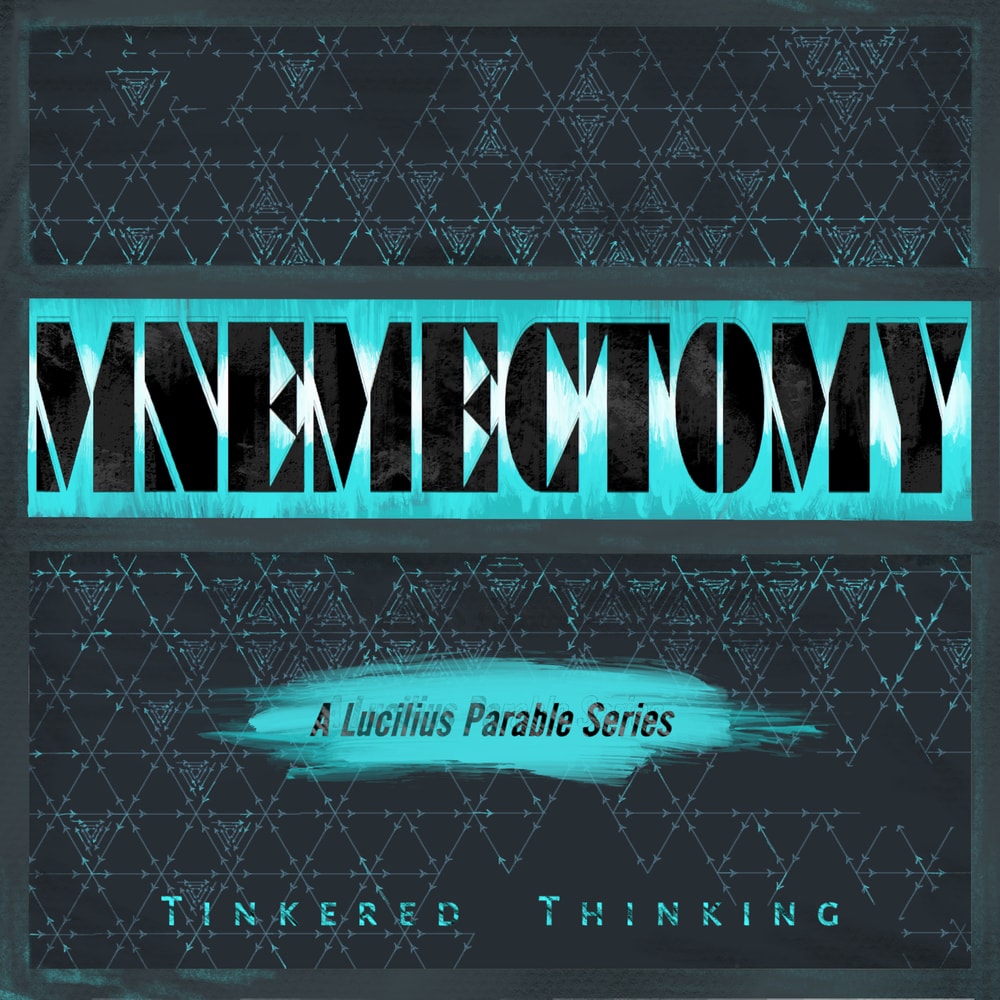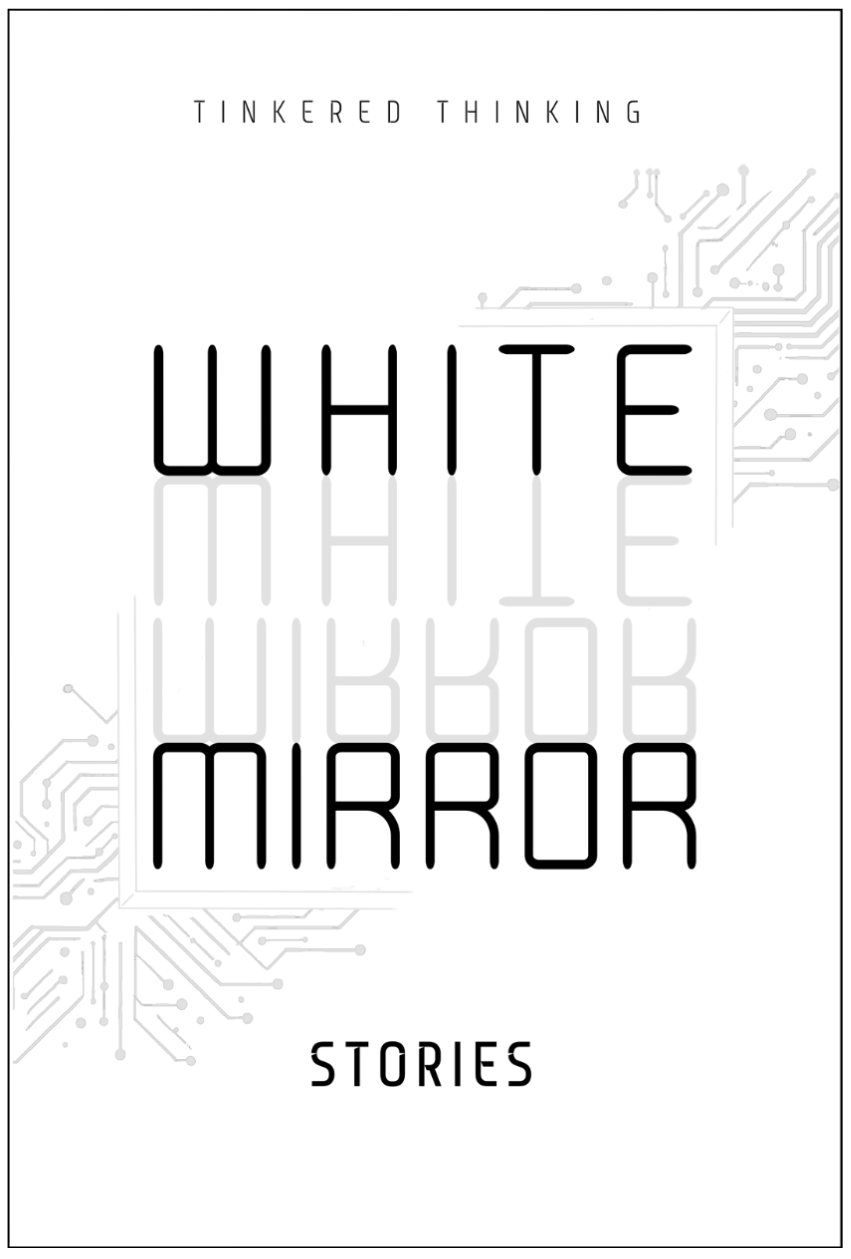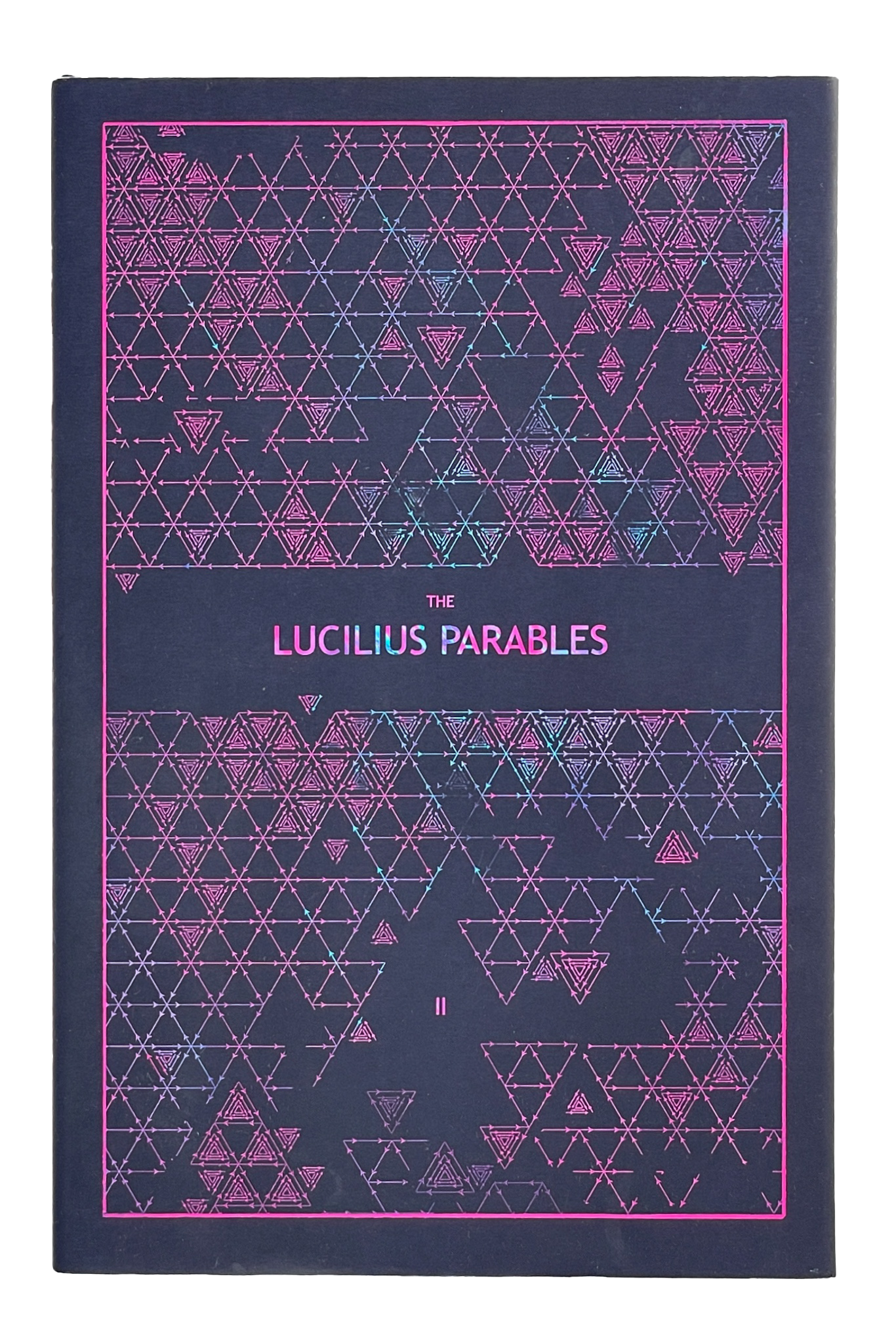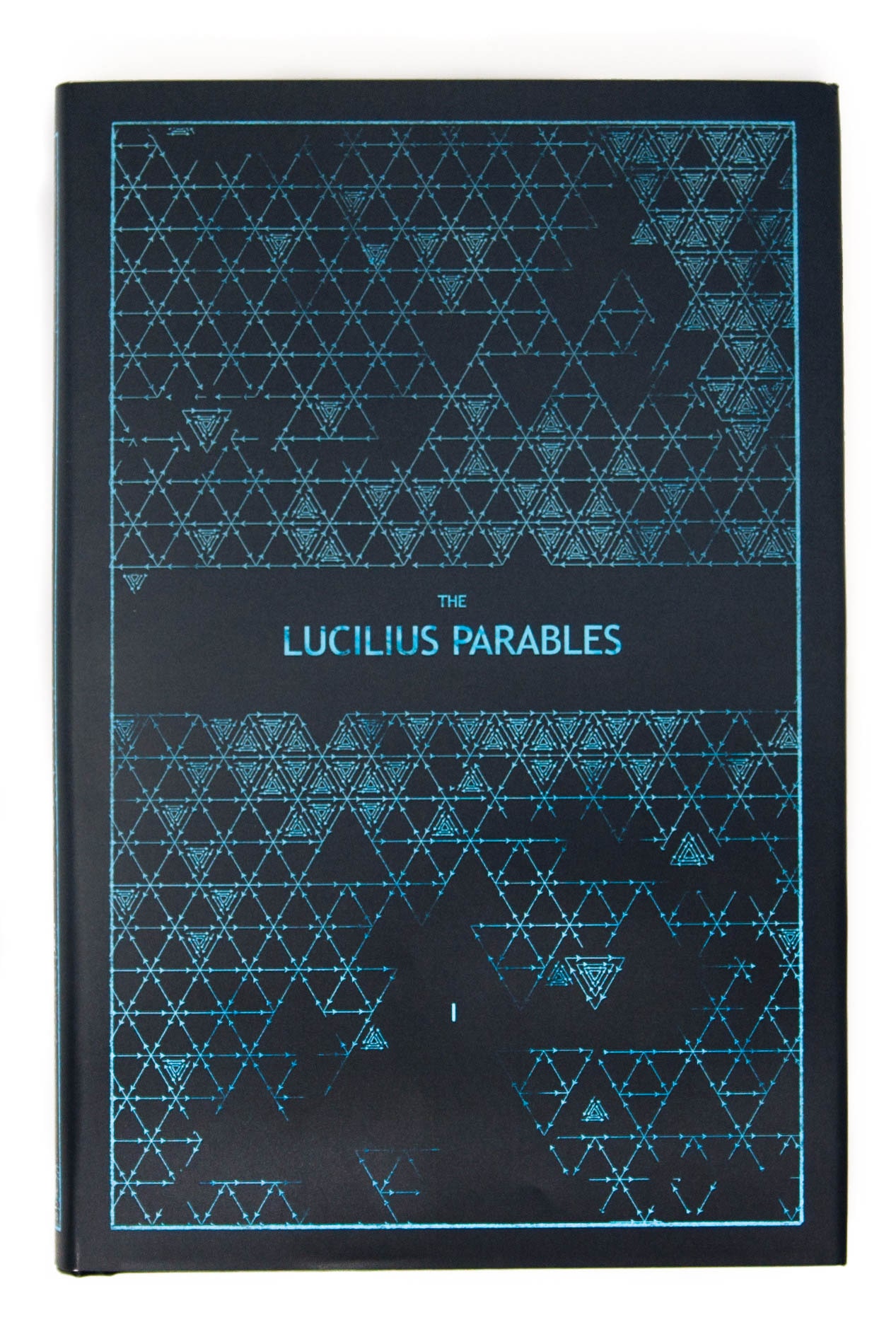Daily, snackable writings to spur changes in thinking.
Building a blueprint for a better brain by tinkering with the code.
subscribe
rss Feeds
SPIN CHESS
A Chess app from Tinkered Thinking featuring a variant of chess that bridges all skill levels!
REPAUSE
A meditation app is forthcoming. Stay Tuned.
WHITE DIAMOND
May 6th, 2019
First a quick explanation of the title for this episode. The symbol of the white diamond represented on playing cards is not intended to be a diamond but rather two instances of the letter ‘V’, one flipped and stacked on top the other. This may sound a little convoluted right now, but this image is a perfect synthesis of two cycles that are often explored on Tinkered Thinking – so much so that they deserve their own episode so the concept can be properly explored, explained and so that future references can be more efficiently directed to a thorough and definitive explanation of the concept.
The two cycles in question are namely:
Vicious cycles
and
Virtuous Cycles
Each one begins with the letter ‘v’ and the letter ‘v’ as a symbol is evocative of a pictorial representation of what each cycle looks like if we were to try and form a graphical image of these processes.
A Vicious cycle is most easily visualized as a whirlpool, the cross-section of which looks like a ‘V’ with concave sides.
We are all familiar with that mythic image of the primordial sailor clinging to some piece of wreckage while going round and round and getting sucked down faster and faster into some monstrous vortex. This is the most literal example of a vicious cycle.
Edgar Allen Poe’s short story ‘A Descent into the Maelström’ is a visceral and tense example of the sailor’s story.
Our own personal bad habits are the closest and most intimate examples of vicious cycles.
Such vicious cycles are what propel people to eat themselves into obesity, or smoke until cancer fills their body, or complain, bicker and berate in their relationships until they are lonely and bitter.
Vicious cycles have two main aspects that are notably insidious:
They are slow in the beginning. Like the subtle trends of current moving in the water, a sailor does not even notice that such a current is having much effect on the course of the boat. Those beginning outer edges of the vicious cycle are akin to the long tentacles of a jellyfish – seemingly innocuous, silently present and inconspicuous as to where they are rooted.
The second aspect of vicious cycles that is of even greater cause for worry is that once we are stuck in a vicious cycle it becomes increasingly difficult to fight against the current and influence of such a vicious cycle through brute force alone.
The behavior we have performed everyday for the last thousand days is very likely to happen tomorrow. A clean and lasting break from such behavior is rare because there is so much momentum behind it in the form of neural structure and firing pattern. Parts of the brain even seem to be wired to help us fall into such vicious traps. The most ready example is sugar; since it was so rare during the large majority of our physiological evolution, that physiology structured itself to predispose our behavior towards chasing after such caloric resources. There was never a risk of over-indulging as there is today because such caloric abundance was simply non-existent, and so we never evolved any kind of built-in safeguard against today’s over-indulgence.
Financial stress, primarily in the form of debt is also an accessible example of a vicious cycle in action. For the vast majority of people, financial insecurity creates a chronic source of stress. While stress is actually very good for the brain in small punctuated doses, continuous stress creates the opposite effect. Chronic stress impedes the brain’s ability to function well, and predisposes a person to making decisions based on short-term outcomes, as opposed to long-term benefit.
Simply, the process – once in place – entrenches itself deeper and deeper.
The phrase, digging one’s own grave comes to mind: the deeper we dig a hole, the harder it is to climb out.
Many such vicious cycles, if not hacked and cracked, can ultimately cost people their relationships, their health, their careers, and ultimately their lives in direct or indirect ways.
Virtuous cycles, on the other hand have the exact same structure, but in the reverse direction.
Instead of a vortex in the sea that pulls a sailor down into death and oblivion, we can picture a mountain, shaped like a cone. And in this case, we have a mountain climber who walks around the base of the mountain while slowly aiming upwards. Each circuit around the mountain increases the climber’s altitude and each circuit is also shorter, making the time to the top shorter and shorter. If we picture the top of the mountain as some sort of goal, than each circuit around the mountain gets a person closer to their goal faster as each succeeding circuit grows smaller.
It’s also perfectly reasonable to simply visualize switchbacks up the face of a mountain as is usually the case. At the bottom the switchbacks are long, and each switchback gets shorter until the trail is pivoting back and forth so quickly that the hiker is nearly walking straight up.
While such images work well with regards to goals that we accomplish, the definitive peak presents a slight allegorical inconsistency if we apply the image to good habits.
Whether it be diet, exercise, or something like meditation, there is no final and definitive goal. Maintaining might be a more appropriate word, though the hope with all three areas is to have continual improvement.
In this case the rise upward is more like an asymptote. To visualize this we might imagine a mountain that continually gets narrow towards a point, but also has infinite height. In such a case, there is simply no end to the amount to which we can improve.
Just as we can have a perfect storm of bad habits – all vicious cycles that together overwhelm us to some final and tragic end, we can also have a collection of good habits that compound with one another to create results that are unachievable with one alone. The whole is greater than the sum of its parts in this case.
Turning one’s life around by turning vicious cycles into virtuous ones is the difficult and innately counter-intuitive hack that we are all looking for in one way or another, and to which the rest of Tinkered Thinking seeks to explore.
-compressed.jpg)





